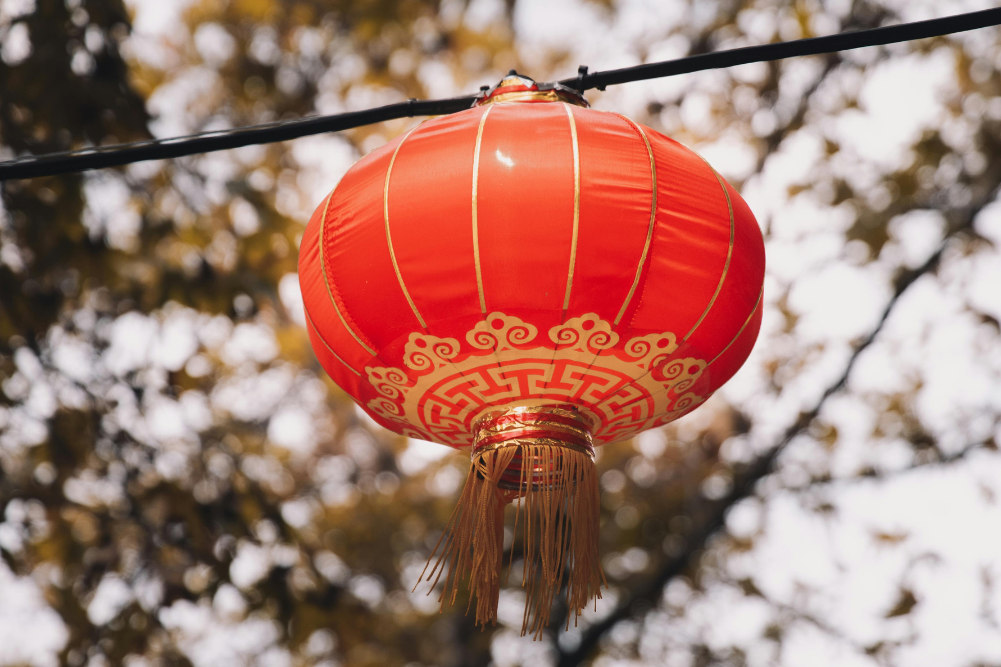The Magic Healing Qualities of Native Violets
Native violets (Viola hederacea) are small perennial plants growing over most of Australia with long-flowering purple and white flowers, often with a slight fragrance. They are a classic attractive ground cover. They are very easy to grow, even in moist shade or part shade, to the point where this colourful species is sometimes even considered invasive. The flowers are an excellent food source for butterflies, and the spreading nature of this plant acts as a superior weed suppressant in damp shady areas.
In 2006, botanists divided V. hederacea into two groups, and the native violet with more purple than white was renamed V. banksii as a subgroup.
Native violets are in the same family as other violets. There is extensive research on the sweet violet (V. odorata) and only minimal studies on Australian native violets, but the components of the leaves and flowers have distinct similarities (and therefore benefits) to other members of the viola family. All the blue-, purple- and white-flowered wild violets are considered beneficial.
Parts used
First Nations people ate the flowers and leaves of native violets as foods. Violet leaves are considered to have greater medicinal benefits than the flowers. The roots can also potentially be used medicinally but are not as pleasant as a food. The seeds and seed pods are also eaten.
Violet leaves (including V. hederacea and V. banksii) have been shown to contain phenolic glycosides, saponins, flavonoids, rutin and quercetin, alkaloids, mucilage, tannins and salicylates, as well as vitamins A and C.
Native violets have been shown to have several different cyclotides including cycloviolacin H4, a new protein compound found in the leaves of V. hederacea which has strong haemolytic activity (ie it thins the blood) and a powerful cytotoxic activity that could provide a pathway for stimulating lymphatic activity and reducing various cancers.
Therapeutic uses
Violet leaves taken internally are generally considered anti-inflammatory, demulcent, expectorant, alterative (blood cleanser), lymphagogue (stimulates and detoxifies lymphatics), antirheumatic, antitumour, antimicrobial and antiviral, diuretic, a respiratory remedy and a mild laxative. Topically they function as a vulnerary, promoting wound healing.
Traditionally, violet leaves were considered cooling and moistening, and both the flowers and the leaves were considered a gentle herb that nourishes, strengthens and soothes.
As medical preparations, violet leaves can be taken as an infusion or tea, a syrup, infused in honey, made into vinegars and used topically in a variety of ways.
Respiratory
With its anti-inflammatory and mucilaginous properties, violet leaf tea can relieve coughs and bronchitis, and is even more effective if sweetened with a good raw honey.
Lymphatic detoxifier
Violet leaves have been traditionally used as a tonic for swollen lymph nodes. They are excellent for relieving lymph glands that are swollen, hot and tender to touch. This traditional use is supported by the research showing that the cycloviolacin H4 in native violet leaves has a potential role in stimulating and potentially detoxifying the lymphatic system.
Digestion
The mucilaginous component of violet leaf tea soothes gut mucosal inflammation, and as mucilage is a soluble fibre it has
a role in reducing cholesterol levels. Soluble fibres are also prebiotic and help to restore healthy populations of beneficial bacteria in the gut.
Blood vessel walls
The active flavonoid ingredients of native violet leaves, quercetin and particularly rutin, are traditional remedies to strengthen blood vessel walls, so have been prescribed to reduce haemorrhoids and varicose veins.
Antimicrobial and antiviral
Cyclotides, an active ingredient in native violet leaves, with their sulphur-rich protein structures have strong antibacterial activity against Gram-negative bacterial activity such as E. coli and Staphylococcus aureus.
Research has shown that the cyclotide in V. hederacea cycloviolacin H4 also has measurable anti-HIV activity.
Topically
Violet leaf preparations can be used as a wash to relieve the symptoms of inflammatory skin conditions such as eczema or dermatitis. Topically violet leaves can be used as a poultice or compress, made into a cream or salve or used as an infused oil to relieve dry or chafed skin, abrasions and insect bites. The tea can be used both internally and topically for varicose veins and hemorrhoids.
Culinary uses
Native violet flowers are edible and often used to add colour and fragrance to salads or desserts. The flowers can be frozen into ice blocks or they can be crystallised for a spectacular decoration on special desserts, or for baked foods such as cakes and slices.
The leaves are also edible and have a mucilaginous quality with a faint watermelon–peppery taste when eaten. They can be eaten in salads or be made into vinegars and infusions or teas. They can also be made into pesto in sandwiches and wraps. The leaves can be steamed or sautéed or stirred into soups as a nutrient-dense thickener.
The seed pods can be pickled and eaten like capers.
There is no record of toxicity, and native violet leaves and flowers are safe to eat as a food as well as being ingested as a medicine. No adverse reactions with pharmaceuticals have been recorded. One potential contraindication is for those with a rare haemolytic anaemia; in these cases native violet leaves should be avoided.
References available on request.
Article Featured in WellBeing #203








